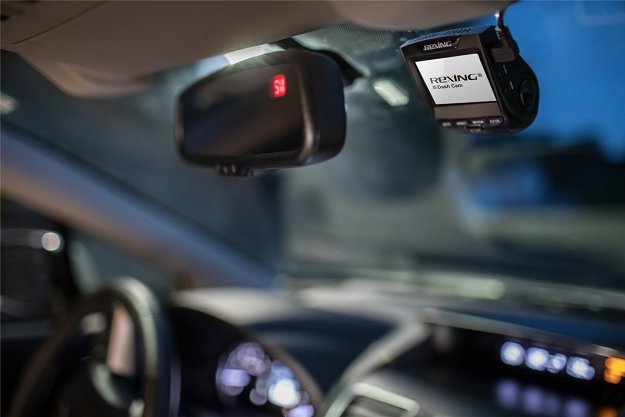With high-tech cars, blistering speed, and two clock rotations worth of action, there’s no bigger stage in the world of racing than the 24 Hours of Le Mans and, this year, it belongs to Porsche. The German carmaker pulled off a 1-2 victory at the historic French race this past weekend.
Porsche has won Le Mans more times than any other manufacturer. The victory this past weekend brought its total to 17 and broke the dominance of fellow Volkswagen Group property Audi, which won 13 of the previous 15 races, including the last five in a row.
The Porsche factory team normally races two 919 Hybrid prototypes in the World Endurance Championship (WEC) series, but it added a third car specifically for Le Mans. That car, the number 19 driven by Earl Bamber, Niko Hulkenberg, and Nick Tandy, took the checkered flag.
The number 17 919 Hybrid of Timo Bernhard, Brendon Hartley, and Mark Webber came home second, while the number 18 car of Romain Dumas, Neel Jani, and Marc Lieb finished off the podium in fifth.
Porsche got off to a good start in qualifying, when one of the cars set a lap record of 3:16.887. The cars started off 1-2-3, with the eventual winner beginning the race in third place. Each car’s three drivers rotated driving duties throughout the 24-hour race, with the winning car covering the equivalent of over 3,000 miles.
Completing a race that long requires durability and luck, as well as speed. While Audi driver Andre Lotterer managed to set an in-race lap record of 3:17.476, Audi’s R18 e-tron quattro racers spent too much of the race in the garage with mechanical maladies and crash damage.
This was only Porsche’s second year competing for an overall win at Le Mans since its last victory in 1998, and was one of the most intense years of competition in recent memory. In addition to the Porsche/Audi duel, the Toyota TS040 Hybrid returned as the reigning WEC winner, while Nissan put its radical front-wheel drive GT-R LM NISMO on track for the first time.
Per Le Mans rules, all of these cars use hybrid powertrains of one sort or another. Yet the Audi, Porsche, Nissan, and Toyota designs are all significantly different from each other, giving fans some variety that isn’t typically seen in top-level racing these days.
In addition to these purpose-built prototypes, Le Mans also includes classes for modified production cars. In the top GTE Pro class, the number 64 Chevrolet Corvette C7.R triumphed over Porsche 911s, Aston Martin Vantages, and Ferrari 458 Italias.
Editors' Recommendations
- Ferdinand Porsche was 100 years ahead of his time with his 1900 hybrid
- Ford says au revoir to the 24 Hours of Le Mans with retro GT liveries


